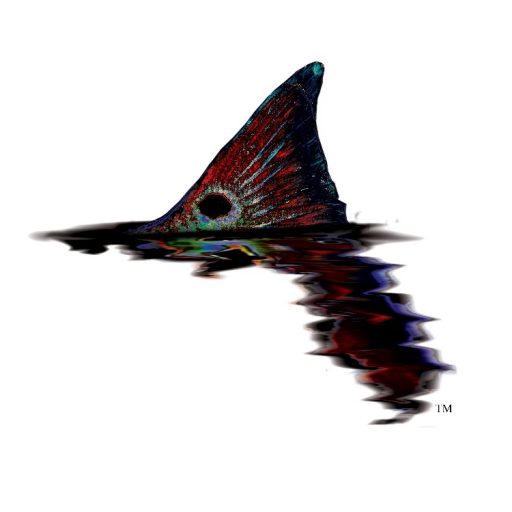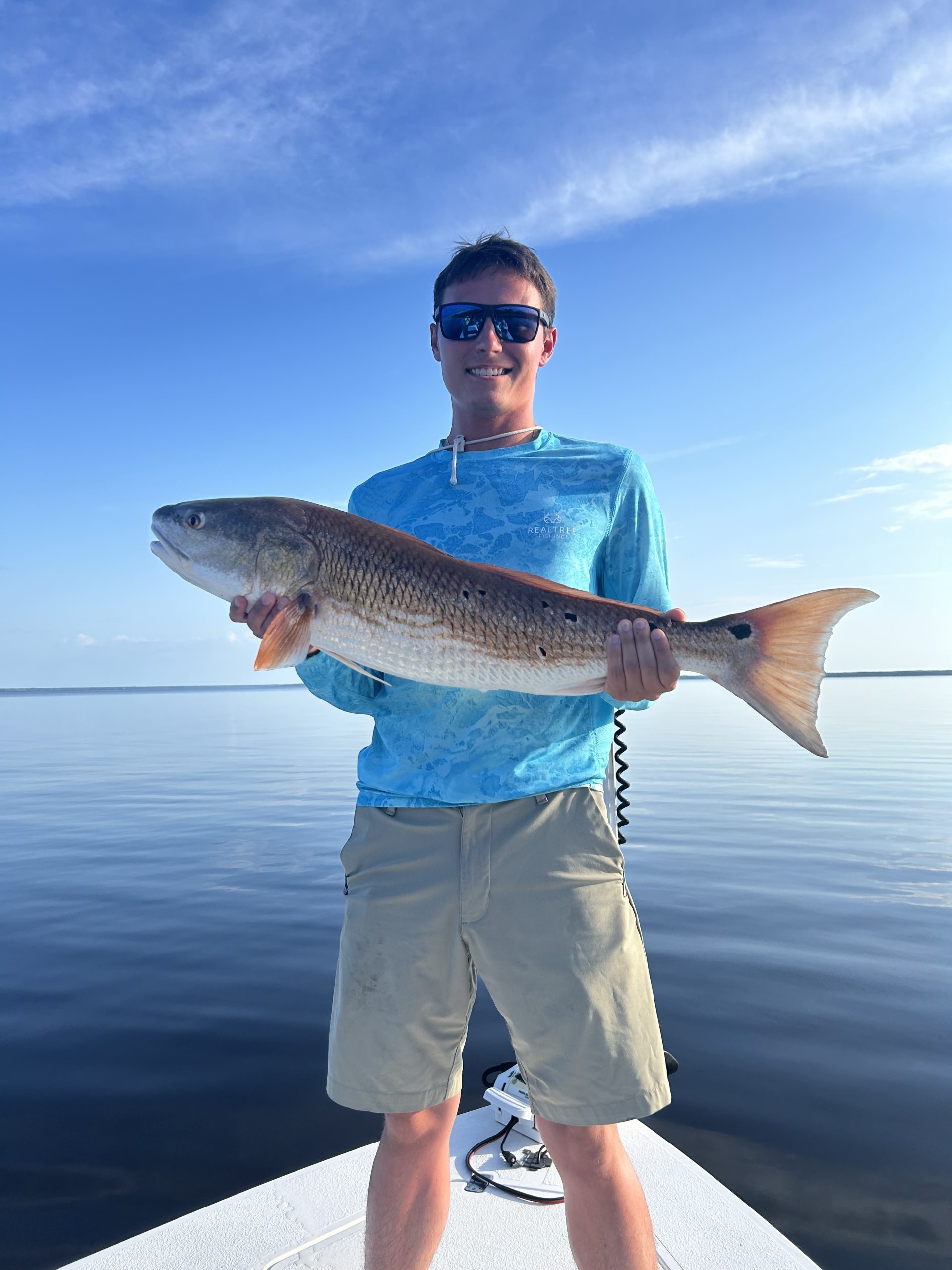Catching Redfish: A Comprehensive Guide
Redfish, also known as red drum, are a popular target for anglers along the Gulf Coast, especially in Florida. This guide covers essential information and tips for successfully catching redfish.
Understanding Redfish Behavior and Habitat
•Habitat Preferences: Redfish are commonly found in shallow waters, estuaries, and coastal shorelines. They prefer areas with seagrass beds, oyster bars, and mangroves, which provide both food and protection.
•Feeding Habits: Primarily bottom feeders, redfish forage for crustaceans, mollusks, and small fish along the seafloor. They are opportunistic feeders and can be enticed with a variety of baits.
Best Times and Locations to Catch Redfish
•Seasonality: While redfish can be caught year-round in Florida, the fall months (September to November) are particularly productive due to their spawning activities near shorelines.
•Time of Day: Redfish are active feeders during both day and night. However, early morning and late afternoon often yield better results, especially during warmer months.
Effective Techniques and Equipment
•Fishing Depth: Target redfish in shallow waters, typically ranging from 1 to 4 feet deep, especially near structures like oyster beds and grass flats.
•Recommended Rigs:
•Carolina Rig: Ideal for presenting live bait near the bottom.
•Popping Cork Rig: Effective in shallow waters to keep bait suspended above the seafloor.
•Hook Size: A 1/0 to 3/0 circle hook is commonly used, depending on the bait size and target redfish size.
•Bait Selection:
•Live Bait: Shrimp, mullet, and pinfish are excellent choices.
•Cut Bait: Redfish are attracted to cut bait such as mullet or ladyfish, especially when targeting larger specimens.
•Artificial Lures: Soft plastic baits like white or root beer-colored Berkley Gulp shrimp or swimming mullet, coupled with a 1/8 to 1/4 ounce red jig head, are effective.
Regulations and Conservation
•Bag Limits: In Florida, regulations can vary by region. It’s essential to check the current Florida Fish and Wildlife Conservation Commission (FWC) guidelines for the specific area you’re fishing in.
•Size Limits: Slot limits are in place to protect juvenile and breeding populations. Ensure you are familiar with the minimum and maximum size requirements.
Additional Insights
•Growth and Lifespan: Redfish can live up to 60 years and reach lengths over 60 inches. A 36-inch redfish is typically around 15 years old.
•Culinary Value: Redfish are considered good table fare, especially when grilled or blackened. However, larger, older fish may have tougher meat and higher mercury levels, so many anglers prefer to harvest smaller, slot-sized fish.
For more personalized guidance and to experience redfish fishing firsthand, consider booking a charter with Showintail Inshore Charters. Our experienced guides can provide you with an unforgettable fishing adventure tailored to your preferences.



Comments are closed